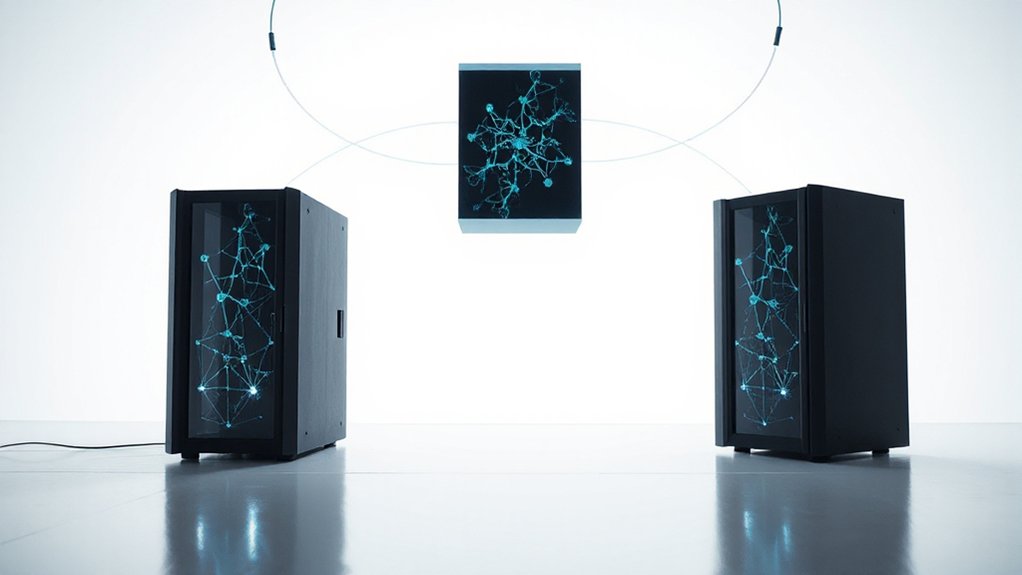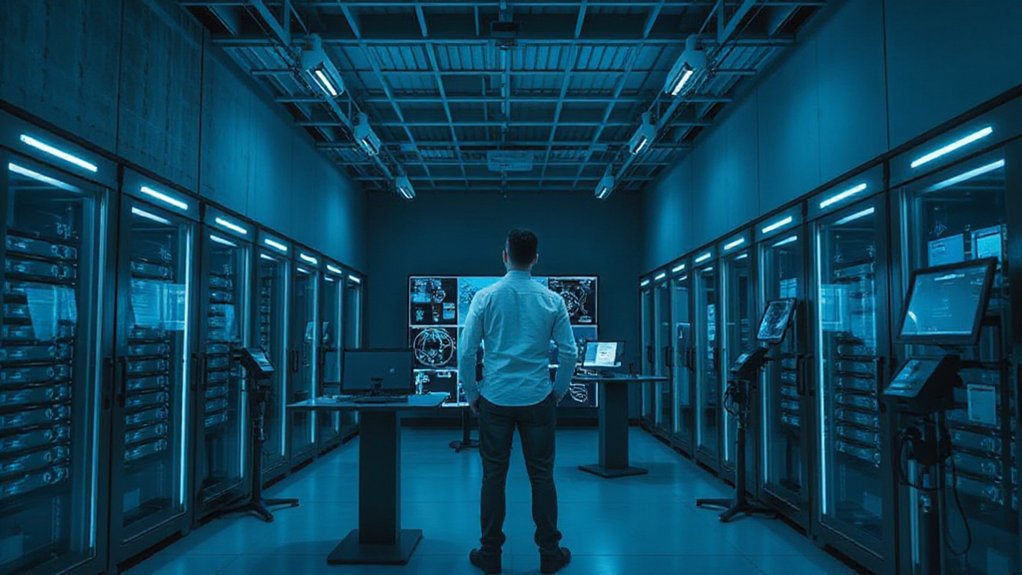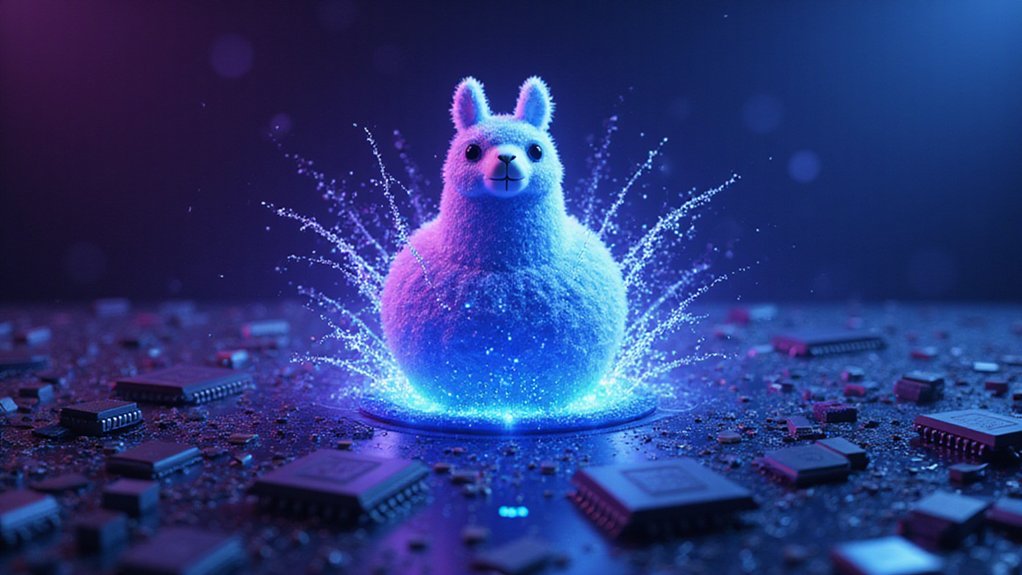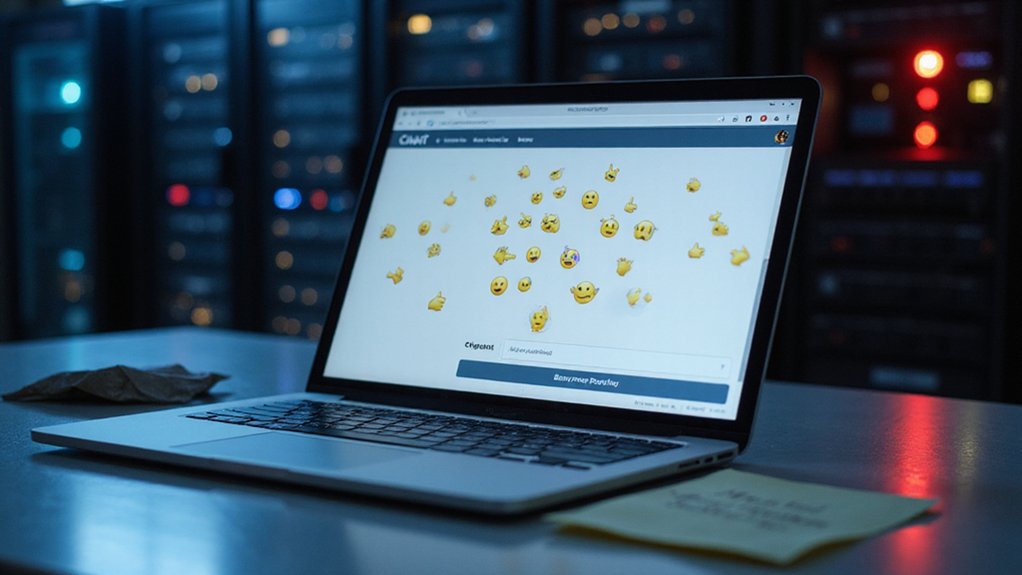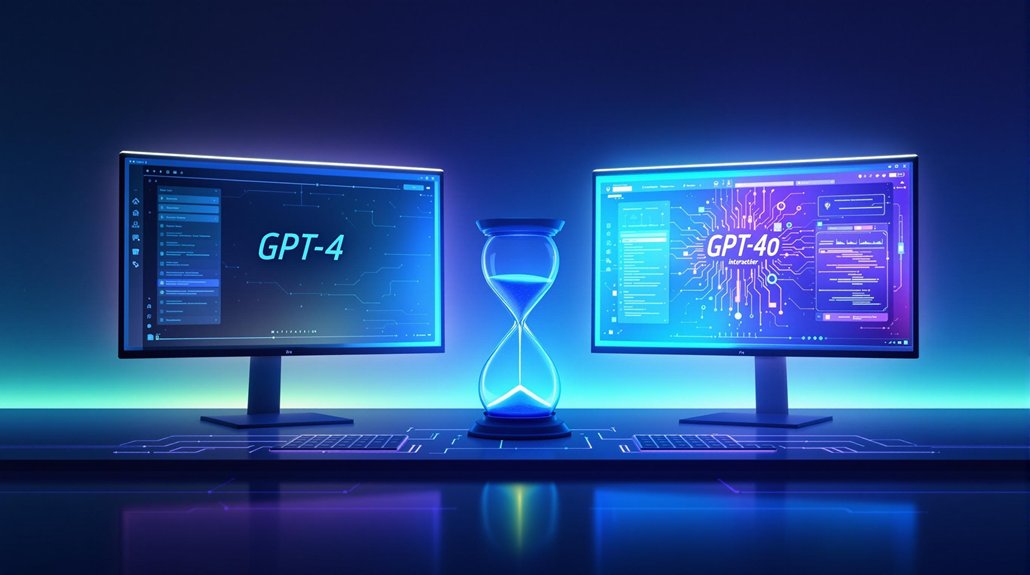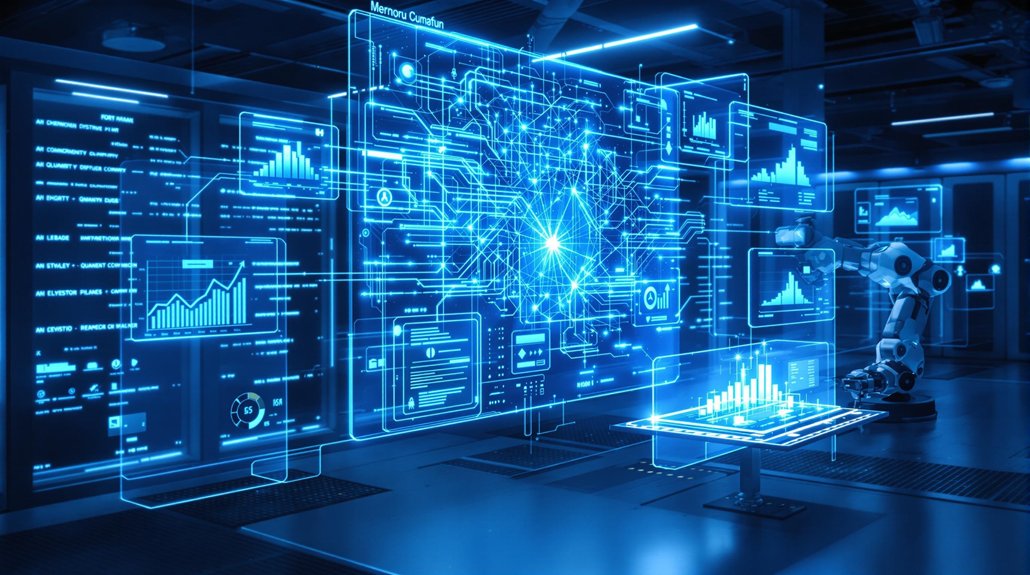While tech enthusiasts are still exploring GPT-5’s capabilities, OpenAI appears ready to push AI boundaries even further with its GPT-5.1 family of models. Reports suggest GPT-5.1, nicknamed “Polaris Alpha,” is undergoing testing by coders. This potential intermediate release shows incremental gains over the already impressive GPT-5.
GPT-5 already outshines previous models with up to 22% fewer major errors. It excels in health, science, math, and coding. The model delivers faster, more efficient reasoning with fewer output tokens. Now, GPT-5.1 aims to build on these strengths.
GPT-5.1 enhances an already formidable system that delivers sharper reasoning with fewer errors across technical domains.
Microsoft’s Azure AI supercomputers power the training for these advanced models. The system combines reasoning and non-reasoning tasks under one interface, making it easier for users to get answers. This architecture includes a fast, high-throughput model alongside a deeper reasoning component for optimal task handling. OpenAI follows its trend of phased releases across free, paid, enterprise, and education tiers.
GPT-5 became the default for ChatGPT users, replacing GPT-4o. Paid subscribers can enable “GPT-5 Thinking” for deeper analysis. The company is gradually rolling out access to all user levels, with enterprise and education access coming soon.
Safety remains a priority in these models. The “safe completions” approach aims to refuse dangerous requests while allowing harmless ones. GPT-5 gives more critical, less overtly agreeable responses than earlier versions. It also shows reduced hallucinations, especially in sensitive areas like health information.
Energy efficiency continues to improve. A medium-length GPT-5 response uses just over 18 watt-hours of energy. The model delivers more value per compute cycle, potentially reducing costs for equivalent tasks.
Industry experts note OpenAI positions GPT-5 as a “significant step along the path to AGI” with “PhD-level” task performance. The rapid integration into developer tools signals a strong focus on coding applications.
While early testers note improvements, the jump from GPT-5 to GPT-5.1 may not be as dramatic as earlier generational leaps. The new model demonstrates remarkable website creation capabilities, generating visually appealing interfaces with improved spacing and typography from simple prompts.
